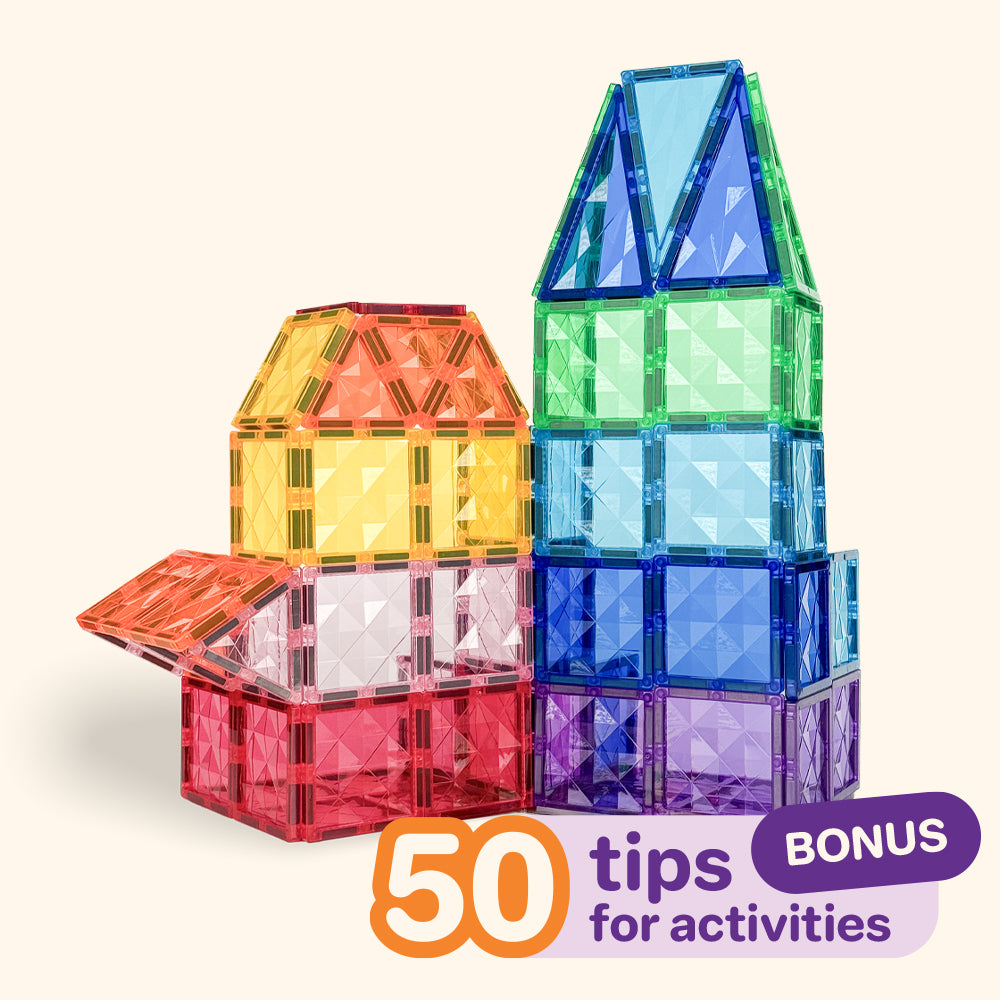
Explore the world with children through their senses and foster their development through play
Share
Sensory perception plays a vital role in a child's growth and their ability to understand the world around them. As children develop, their sensory perception becomes more refined and precise, forming the foundation for essential skills like learning, writing, reading, and counting. Connecting sensory perception with other cognitive functions is critical to mastering these abilities. The good news is that sensory development can be nurtured through play, and we’ve got some great tips and games to help you get started!
Hearing
The development of hearing is essential for children because it allows them to recognise, understand, and correctly interpret sounds and speech. Play a game with children to search for sounds. Go for a walk, where children can search for and identify sounds in their surroundings, such as bird songs, flowing water, crashing waves, or different instruments. If you're looking for an indoor game, try auditory memory. Fill empty boxes, like matchboxes, with various kitchen items (rice, peas, salt, etc.) and let the child find two boxes that make the same sound.
Touch
Many sensors on our skin react to external stimuli and signal to the brain whether something is hot, smooth, or hard. That's why young children like to touch objects with their hands and mouths. There are many tactile activities to develop touch perception, allowing children to recognise different materials and textures while also developing fine motor skills. For example, you can choose kinetic sand. Manipulating, sifting through it with hands, or squeezing and shaping it is a great way to develop tactile perception. You can also expand activities to include drawing, counting, or developing fine motor skills.
Smell
Our noses provide pleasant and unpleasant smells that we can associate with positive or negative situations. If you want to play an activity to develop the sense of smell with children, you can choose various scents like fruits, coffee, vanilla, or cinnamon. The children's task is to distinguish and name these scents. You can do this using small containers where you place the selected scents.
Taste
Children with developed taste senses are more likely to accept and appreciate a variety of foods, promoting a balanced diet and healthy development. With well-developed taste senses, children tend to be more open to trying new foods. Create a fun activity with children called blind taste testing. Blindfold them and let them taste different foods. Play a game to see who can guess the most foods based solely on taste without seeing or holding them.
Sight
In vision development, children improve their perception and interpretation of visual stimuli. While observing objects around us, you can point out details to them, such as how many dots a ladybug has or the difference between leaves on the ground. Searching for differences encourages children's visual attention and concentration. Building sets also help develop visual coordination. Let children build various objects that help them learn to recognise shapes, colours, and patterns.
Children perceive and process information about their environment, objects, people, and situations through their senses. Developed senses allow them to gain more prosperous and profound experiences and better understand their surroundings. Children with well-developed sensory perception have better learning, memory, attention, and concentration prerequisites. The ability to correctly perceive and interpret sensory information enables them to recognise dangerous situations, avoid risky situations, and take measures to protect their health and safety. Sensory perception also influences children's emotional and social development. The ability to perceive and recognise sensory stimuli helps them realise and understand their emotional states and the emotions of others. It fosters their empathy, social understanding, and ability to communicate with others.


